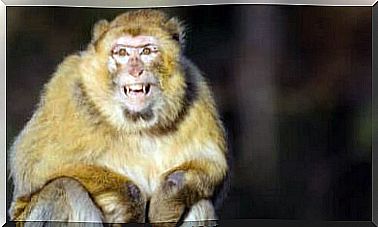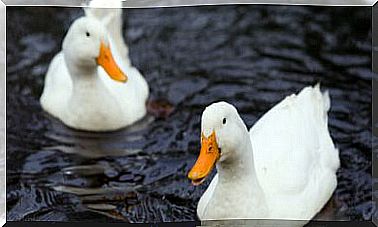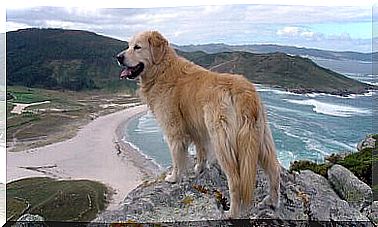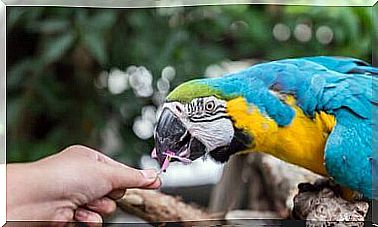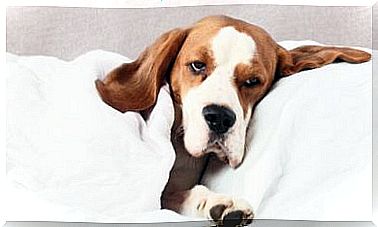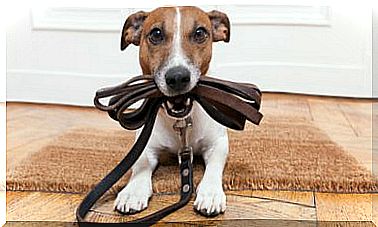Spanish Greyhound: A Resilient Breed With History

The Spanish greyhound, known simply as the greyhound, is one of the oldest breeds in the Iberian Peninsula. However, it was an unknown breed until recently, although it is one of the most adopted, due to abuse and neglect. If you want to know this species in depth, keep reading:
History of the spanish greyhound
The Spanish Greyhound is a very ancient breed and is believed, like the Podengos, to be descended from the dogs of Ancient Egypt. There are records of the existence of greyhounds in Spain from the 2nd century BC In fact, there is a Roman treatise on hunting that describes dogs identical to greyhounds, physically and in terms of behavior.
They have always been used for hunting hares and rabbits, and during the Reconquista they lived in a time of splendour. Many farmlands turned into hunting grounds, and there the greyhound found its perfect hunting ground: large flat expanses where rabbits and hares live and run.

Currently, the Spanish greyhound is still being chosen for this work. Many of them are abandoned when hunting season ends, making them one of the most common breeds in animal shelters. Therefore, greyhounds are among the most adopted breeds, as, despite being hunting dogs, they also make great family dogs.
Physical characteristics
The entire anatomy of the Spanish greyhound is designed to be a great sprinter, as its body is fast, powerful and tall, yet lean. Thus, greyhounds measure between 50 and 70 centimeters at the withers, but weigh only about 15 or 18 kilos. Any other breed of dog that tall would weigh at least three times as much.
This is due to the fact that the greyhound has wide, stylized legs. On the other hand, the chest is very deep, while the belly and waist are narrow and thin. Also, the loin is slightly arched, and the tail is long and slender, wider at the base than at the tip.
The head is also thin and enlarged, and the ears are small and triangular, which are drooped or drawn back. Above his gaze, he has small eyes, alive, alert and situated to the side of his head.
Over its coat, the Spanish greyhound has short, hard coat, of many colors, but usually striped or dark. They can also be tan, brown, yellow, black or white. Even so, there is a long- haired greyhound that has a beard, mustache and eyebrows, but is less common than the short-haired one.
behavior of the spanish greyhound
Greyhounds are animals that, despite what their work could tell us, are calm and affectionate. A Spanish greyhound with three good walks a day doesn’t need to expend more energy or exercise.
In fact, adopted greyhound owners are surprised to be lazy animals who spend most of the day sleeping. The games of chasing moving objects can trigger their hunting instinct, so playing with the ball can be harmful. They are sensitive dogs that can get overly stressed with these games.
As far as their character is concerned, greyhounds are shy dogs, but they develop a great attachment to those close to them. Thus, they are almost never effusive and give confidence to strangers.
On the other hand, many of the dogs of this species we see today are rescued animals . Perhaps, they went through some trauma, which, along with their shyness, causes us to see many adopted greyhounds with many fears.
Your human families can speed up their adaptation and healing process if they seek out a dog educator. Greyhounds are dogs so resilient and with such strength that they can overcome trauma caused by abandonment or abuse with individual therapy.

veterinary care
The Spanish Greyhound is a healthy breed that has no hereditary diseases. However, it is necessary to carry out the health checks advised by the veterinarian, not forgetting to follow the vaccination schedule.
There is no high incidence of dysplasia in greyhounds. Hip or elbow dysplasia is a frequent health problem in other dogs of this size, but thanks to their weight, they usually don’t suffer from it. Not so it is possible to neglect the prevention of common diseases in large dogs.
In hunting animals or animals that generally roam the hills, it is important to strictly follow the veterinary instructions regarding internal and external deworming. Fleas and ticks can bring serious illnesses. It’s also a good idea to frequently check the pads and ears for rocks or other objects.
Main image source: diegofornero (destination2003)
